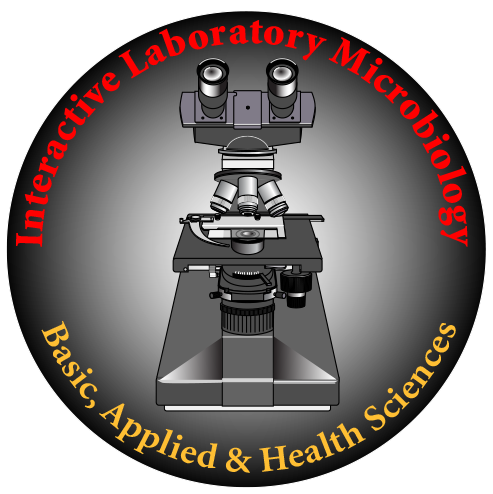
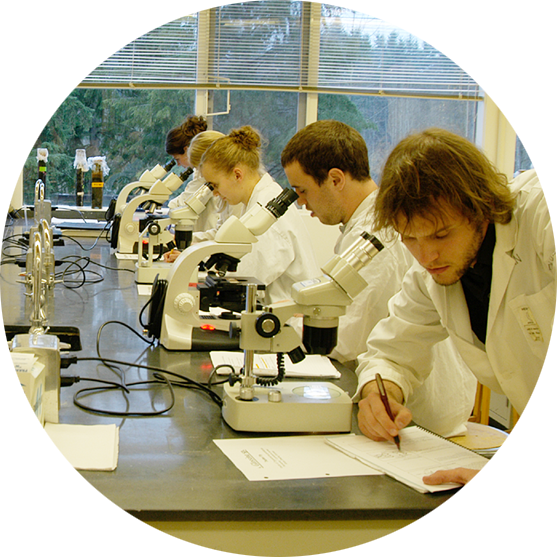
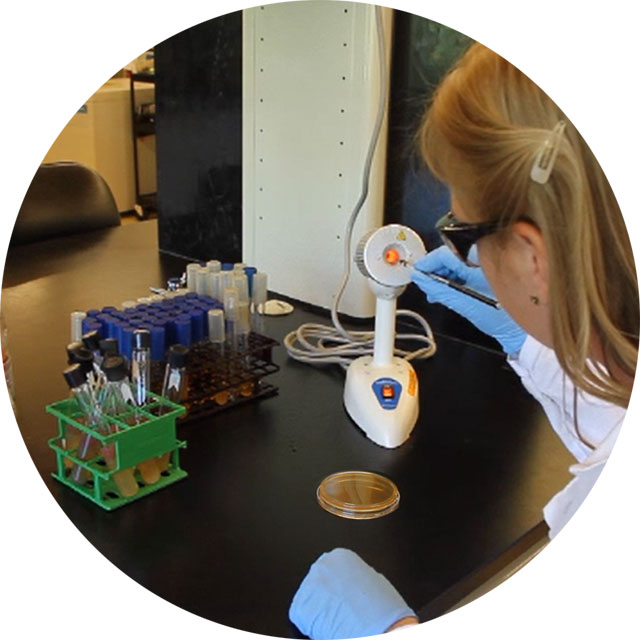
Biosafety Level 2
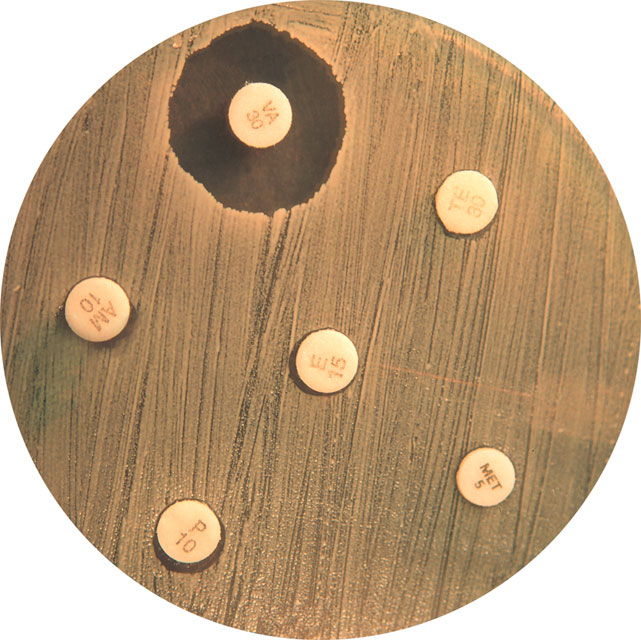
MRSA: Methicillin-Resistant
Staphylococcus aureus
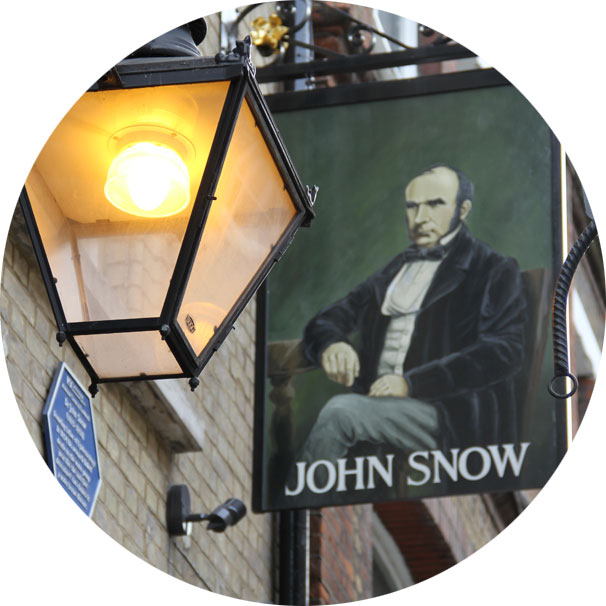
Sir John Snow, Soho, London
1854 cholera epidemic
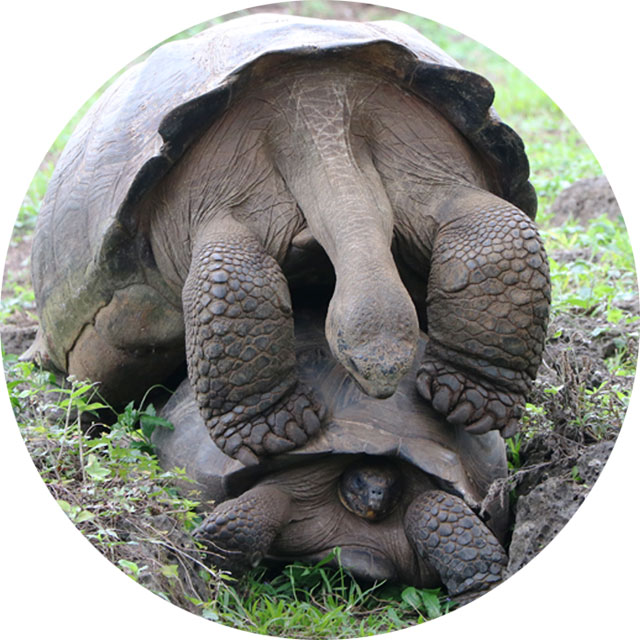
Galápagos Giant Tortoises
ILM for Students
Interactive Laboratory Microbiology (ILM)
Page Navigation, Design & Color Coding
Objectives & Indices, Microbiology Procedures, Microbiology Observations,
ILM Quick Quizzes & ILM Question Banks, ILM Scenic Microbiology
Interactive Laboratory Microbiology (ILM)
● Interactive Laboratory Microbiology (ILM) is designed especially for students to better engage, prepare & guide them through their own laboratory microbiology experience. ILM is a perfect virtual laboratory microbiology experience. ILM can be used in conjunction with any commercial lab manual, custom lab exercises prepared by individual Instructors, or the ILM digital experience alone.
● ILM is also a resource to demonstrate (7) Microbiology Procedures, (8) Images of Microbes, & (9) Motility of Microbes to students in microbiology courses with no laboratory component.
● ILM Prospectus includes 15 comprehensive navigational videos --- see ”Welcome from the Author” --- so that each student can prepare for the best experience.
Page Navigation, Design & Color Coding
● ILM makes the study of laboratory microbiology easier for students to follow with distinctive (1) ILM Navigation & (2) ILM Page Design & Color Coding.
● Page navigation includes “fit page”, “full-screen” & “fit-page with bookmarks” to allow students to focus on specific concepts or gain overall perspectives.
● Page designs are unique for each page type: objectives/key words, techniques, observations, Quick Quizzes & Question Banks. Students can readily identify the different parts of each Study & what’s expected from each part of a Study.
● Color coding identifies the ILM 10 Sections, individual page types of each Study, key words & subordinate key words for each concept.
● Bold-face type distinguishes key-words from subordinate key words.
● Bold-face type indicates what actions are needed for each microbiology procedure.
Objectives & Indices
● ILM (6) Objectives & Indices includes a statements of objectives to identify techniques & best practices, observations, & understanding required for each Study together with an index of key words & index of microbes.
Microbiology Procedures
● ILM (7) Microbiology Procedures includes techniques animations, best practice animations & techniques videos to show students how to do laboratory microbiology in Biosafety Level 1 & Biosafety Level 2.
✓ Proper instruction of students in the American Society of Microbiology (ASM) Best Practices for Biosafety Level 1 (BSL1) & Biosafety Level 2 (BSL2) is critical with the recent, clear evidence that microbes used in the undergraduate laboratory can cause infections, even infections nationwide—see Pure Culture 1 Microbiology Safety.
Microbiology Observations
● ILM focuses on learning by investigation & observation. The extensive library of (8) Images of Microbes & eukaryote & prokaryote (9) Motility of Microbes shows how to interpret observations of microbes.
ILM Quick Quizzes & ILM Question Banks
● ILM interactive (11) ILM Quick Quizzes allows students to confirm that they have adequately grasped the techniques, observations & understanding required by each Study. Additional interactive Best Practice Quick Quizzes allow students to confirm that they understand the ASM Best Practices that apply to each Study. Quick Quizzes are non-punative: an incorrect answer simply redirects the Reader to that part of a Study to clarify their understanding, & the Quick Quiz can then be simply reset to maintain a perfect record!
● (12), (13) ILM Question Bank provides further opportunity for students to practice their skills of observation, interpretation & understanding of laboratory microbiology.
ILM Scenic Microbiology
● (14), (15) ILM Scenic Microbiology makes microbiology even more interesting.
❖ Scenic microbiology revisits places of historical importance: 13th–16th century Venetian rainwater wells, plague in 17th century Europe, malaria in 17th–20th century Caribbean & Central America, cholera in 19th century London, the 19th century Irish Potato Famine, & the discovery of antiseptics & antibiotics in 19th & 20th century Britain.
❖ Scenic microbiology explores broader & deeper perspectives. For example, Scenic Microbiology explains how 19th century international agricultural trade, English & Irish politics, different Christian beliefs, & absentee landlords all combined to aggravate the impact of a water mold in the Irish Potato Famine.
❖ Scenic microbiology investigates microbes in their own environment, including extreme halophiles in Australia, the Caribbean & San Francisco, “hot water plants” in Yellowstone National Park, lichens on gravestones, volcanoes & neglected yachts, fungal infections of frogs in Australia & Ecuador, & water mold infections of returning Pacific salmon in Alaska & Canada. Scenic Microbiology shows how cellulose-digesting gut microbes allow the broad range of vertebrate herbivores worldwide.
❖ Scenic microbiology follows Charles Darwin ‘s voyage around South America to interpret, from a microbiology perspective, Darwin’s observations of the Patagonia peatlands, Glacier Alley in the Beagle Channel, & the Galapágos herbivores.
❖ Scenic microbiology includes over 240 episodes providing a broader perspective, deeper understanding, & more complete appreciation for the microbes of microbiology.